Diablo IV Lagging or Rubber Banding? Here’s the Fix
Diablo IV lag or rubber bands are often the outcome of a Windows service on your machine known as SSDP (Simple Search and Discovery Protocol) which is responsible for discovering UPnP devices that are utilizing the SSD protocol. Game issues with the implementation of the crossplay technology can result in the game lagging or stuttering as well.
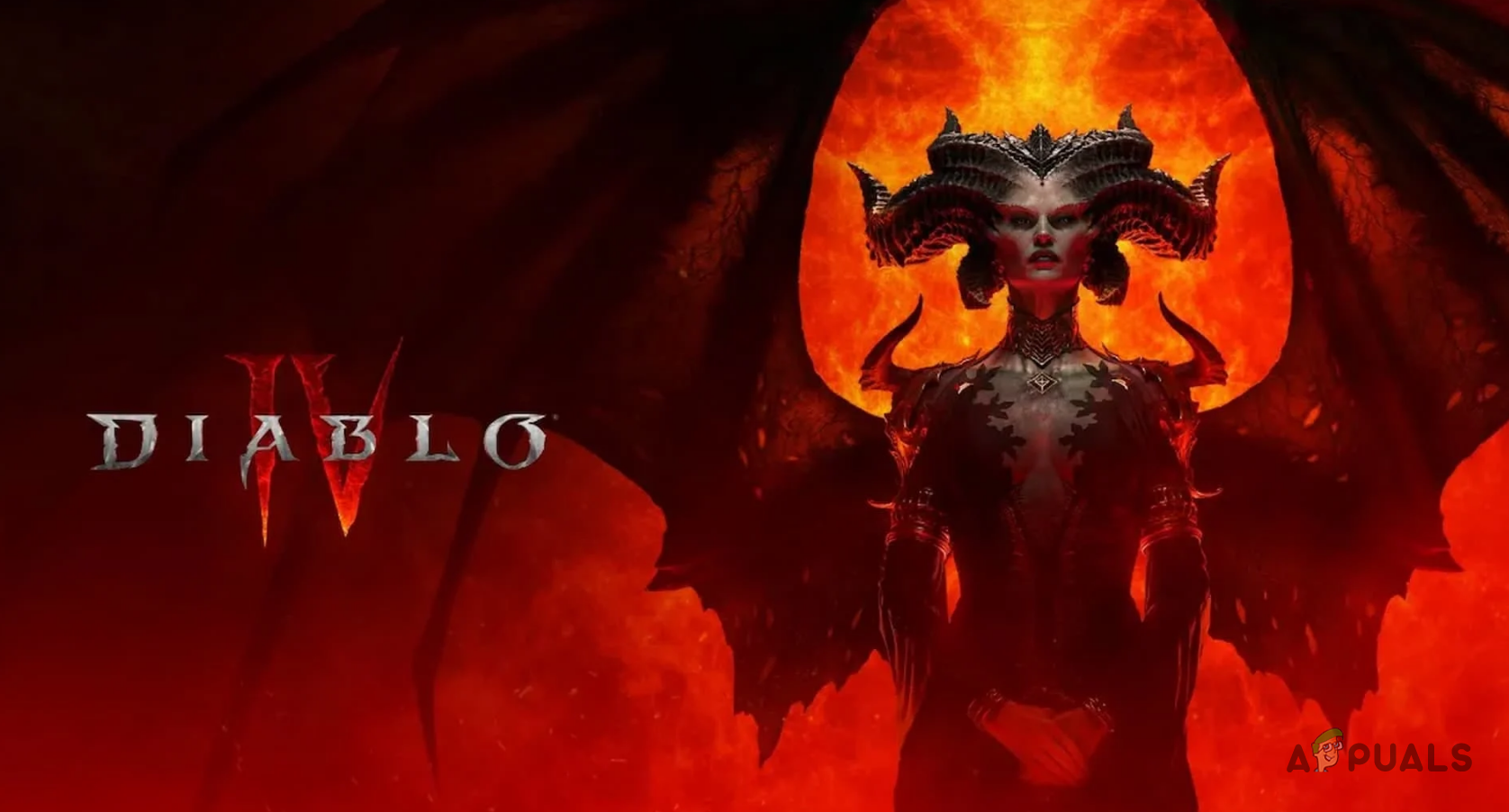
We will take a look at the several causes of Diablo IV lagging and rubber banding in this article and also provide a list of solutions that you can use to mitigate the problem.
What causes Diablo IV to lag or rubber band?
The rubber banding in Diablo IV is mostly associated with the implementation of the crossplay technology in the game which allows console and PC users to play together. Alternatively, the SSDP service on your machine can also lead to lag spikes in the game which causes it to stutter or rubber band.
With that said, let us thoroughly explore the potential causes below.
- SSDP Service: The SSDP service can often contribute to lag spikes or jittering in games due to its behavior of sending out packets in your network.
- Crossplay: The implementation of crossplay in Diablo IV is another cause of the lags you are encountering. This seems to be due to a game issue that should be addressed in future patches.
- Battle.net Hardware Acceleration: If the Battle.net client is using hardware acceleration, you can encounter lag during your gameplay. This happens due to an inconsistency with the hardware acceleration feature which causes your frame rate to drop randomly.
- Razer Software: Another known cause of the jitters in Diablo IV is the involvement of the Razer programs on your machine with the game process. This leads to the game freezing or becoming unresponsive momentarily which results in rubber banding.
- Outdated Graphics Drivers: If your graphics drivers are not up to date and you are running the game on an unsupported version, it is natural to experience stutters in the gameplay.
How to fix Diablo IV lagging and rubber banding?
With the potential causes of the problem out of the way, let us jump into the different methods that you can use to resolve the issue.
- Disable SSDP Service: Disabling the SSDP service on your system should be your first course of action. This is because it frequently sends requests in your network for the discovery of devices which can cause lag spikes while you are playing the game.
- Turn off Crossplay: The implementation of crossplay in the game also results in frequent jittering due to an inconsistency with the game. This is an issue that needs to be resolved by the developer team. Meanwhile, you will have to turn off crossplay to stop the game from lagging.
- Close Razer Programs in the Background: The obstruction of the game process by the Razer software in the background can also result in the game jittering. This is often related to the chroma effects and other functionality that is included in Razer programs. You will need to close out any Razer background processes to resolve the issue in this case.
- Disable Battle.net Hardware Acceleration: Hardware acceleration allows your processor to offload some of its tasks to the graphics card on your machine. This can, in certain scenarios, result in negative effects as the workload on your GPU increases. Such instances are especially downgrading when your graphics card is already at full capacity rendering your game. To resolve this, you will need to disable hardware acceleration on Battle.net.
- Reinstall Graphics Drivers: Obsolete or outdated display drivers on your machine can also cause the game to jitter, especially when the driver version is not supported by the game itself. In such an instance, you will need to update your graphics drivers by performing a clean install.
- Enable WiFi QoS: Lastly, your network connection is another factor that can your game to lag, especially when your network capacity is limited. In such an instance, enabling the Quality of Service (QoS) feature in your WiFi settings can mitigate the issue since it controls the network traffic and ensures performance for critical apps.
1. Disable SSDP Service:
- Press the Windows key + R keyboard shortcut to open the Run dialog box.
- Type in services.msc and hit Enter in the Run dialog box.
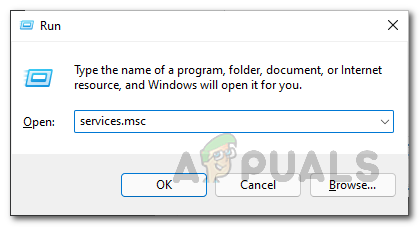
Opening Services window - In the Services window, look for the SSDP Discovery service.

SSDP Discovery Service - Then, double-click on the service to open the Properties window.
- Click the Stop button to stop the service.
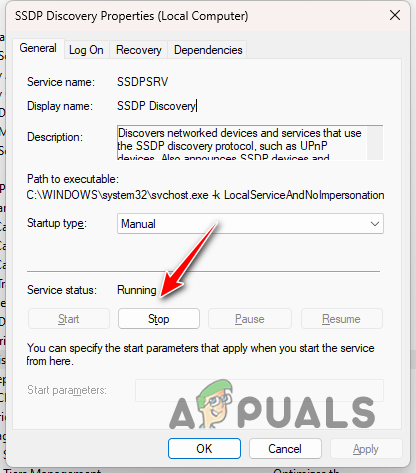
Stopping SSDP Service - Then, choose Disabled from the Startup type menu.
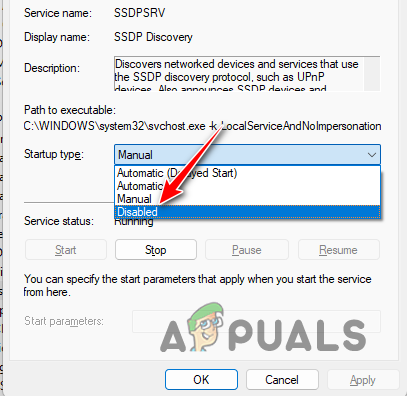
Disabling SSDP Service - Finally, click Apply and hit OK.
- Restart your computer.
2. Turn off Crossplay
- Open the Options menu in Diablo IV.
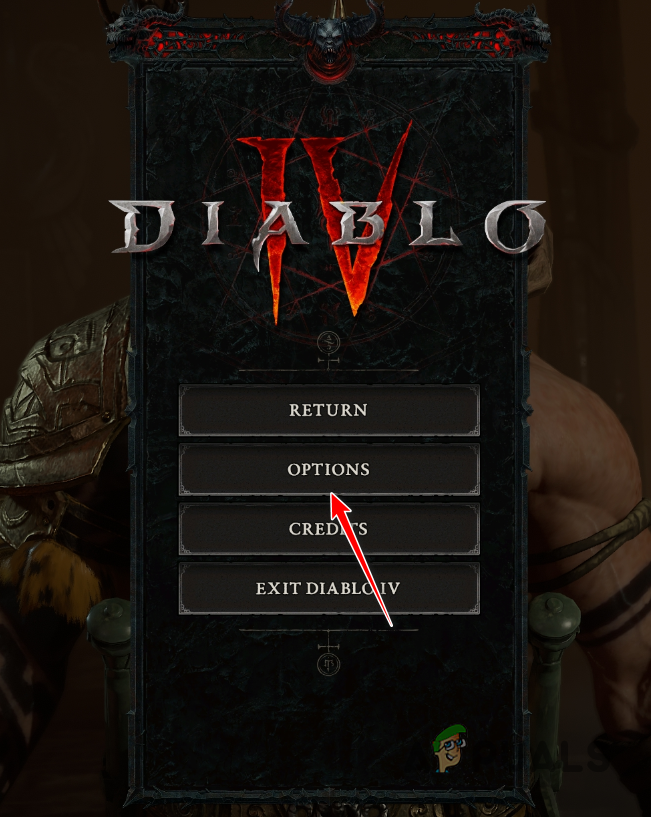
Navigating to Diablo IV Options Menu - Then, switch to the Social tab.
- There, unselect the Cross-Network Play and Cross-Network Communications options.

Disabling Crossplay - Save the changes.
3. Close Razer Programs in the Background
- Open the Task Manager by right-clicking on the Start Menu.
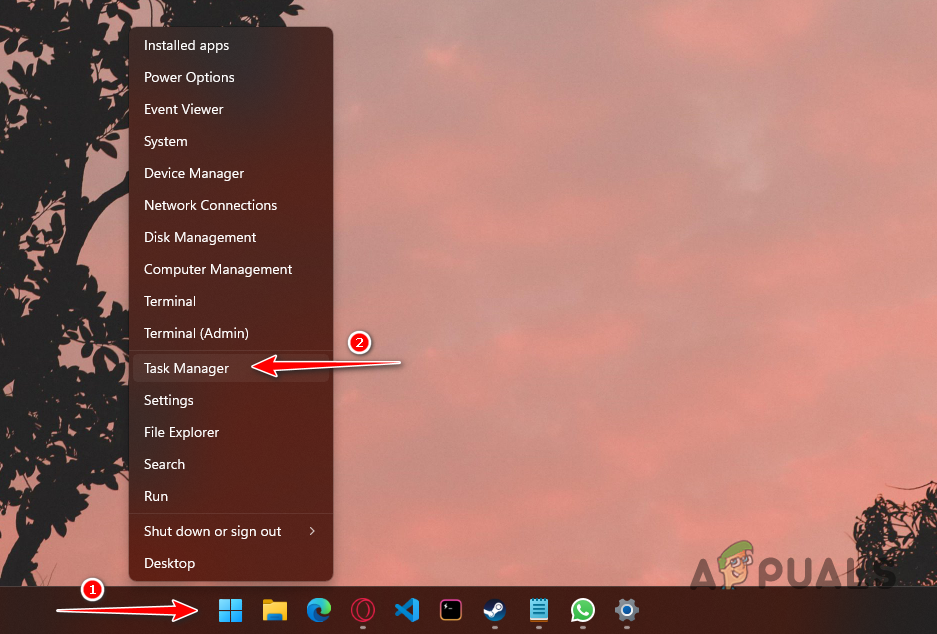
Opening Task Manager - In Task Manager, look for any Razer processes.
- Then, select the processes one by one and click End task.

Ending Razer Program
4. Disable Battle.net Hardware Acceleration
- Open the Battle.net client on your machine.
- Click on the Battle.net logo in the top-left corner and choose Settings from the drop-down menu.

Opening Battle.net Settings - Then, on the App tab, scroll down and untick the Use browser hardware acceleration option.

Disabling Hardware Acceleration - Click the Restart now option on the follow-up prompt.
5. Reinstall Graphics Drivers
- Download the DDU (Display Driver Uninstaller) tool from the official website here.
- Open the downloaded file and extract it to a location on your machine.
- Then, open the Display Driver Uninstaller.exe file in the extracted folder.
- On the General Options window, click Continue.
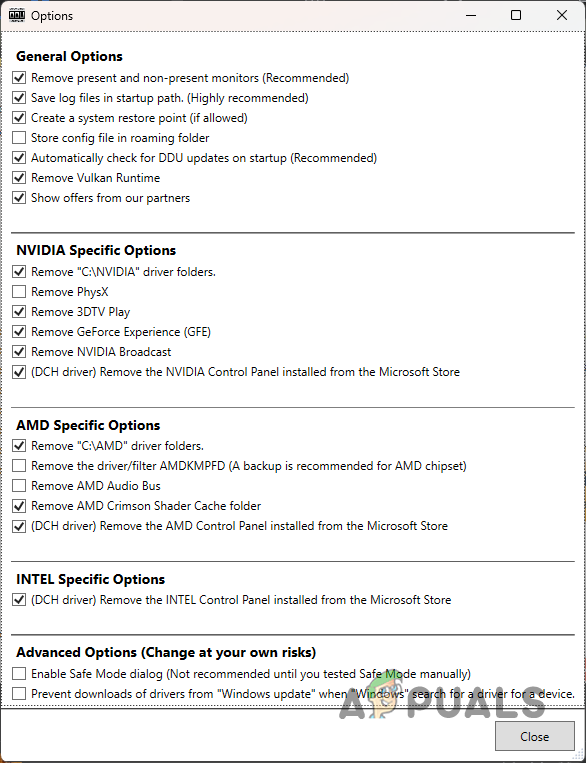
DDU General Options - After that, choose GPU from the Select device type menu.
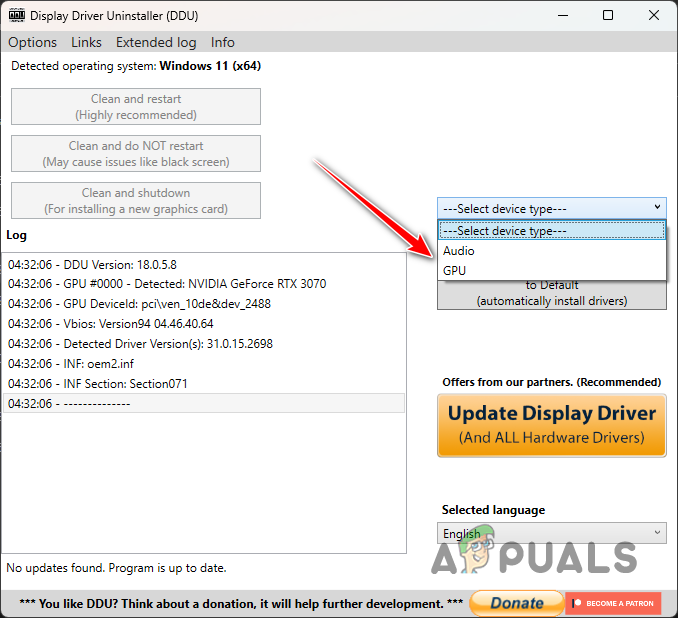
Selecting GPU as the Device Type - Then, select your GPU manufacturer from the Select device menu.

Selecting GPU Manufacturer - Follow this up by clicking the Clean and reinstall option.

Uninstalling Graphics Drivers - After your system boots up, download the latest drivers for your graphics card from your manufacturer’s website.
- Install the drivers and run the game.
6. Enable WiFi QoS
- Head to your router’s control panel. Typically, 192.168.1.1.
- Log in to the control panel and navigate to your WiFi settings menu.
- Look for the QoS (Quality of Service) option and turn it on.
- Restart your router.
That is it, lagging and rubber banding in Diablo IV should no longer trouble you. Make sure that your background applications are not interfering with the game process in future to stop such issues from occurring again.
Still facing lag or rubber bands?
If the lagging and rubber banding continue even after implementing all of the solutions above, you should contact Diablo IV’s official customer support. Explaining the issue to a customer support agent will assist you in resolving the problem as they will be able to handle your specific more appropriately.
 Reviewed by
Reviewed by 



